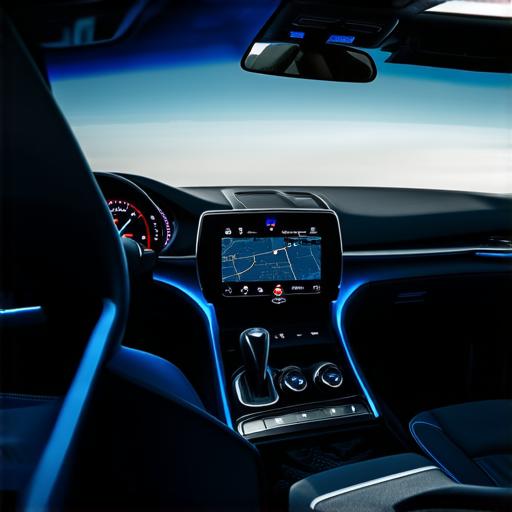Introduction:
In today’s fast-paced world, finding information quickly and efficiently is essential. One of the latest innovations in augmented reality (AR) technology is the MBUX navigation feature, which has been designed to make finding your way around a new city or location easier than ever before.
What is the MBUX Augmented Reality Navigation Feature?
The MBUX augmented reality navigation feature is a cutting-edge tool that uses a combination of real-time data, machine learning algorithms, and computer vision to provide users with an immersive and interactive experience. It allows users to see their surroundings in 3D and superimposes information such as directions, landmarks, and points of interest onto the view. This makes it easier for users to navigate new environments and find their way around unfamiliar areas.
How does the MBUX Augmented Reality Navigation Feature work?
The MBUX augmented reality navigation feature works by using a combination of sensors such as GPS, accelerometers, and gyroscopes to track the user’s location in real-time. It then uses this data to overlay information onto the view, allowing users to see their surroundings in 3D and get a sense of where they are in relation to their destination.
One of the key features of the MBUX augmented reality navigation feature is its ability to learn from user behavior. As users interact with the system, it can identify patterns and preferences, which allows it to provide more accurate and personalized recommendations over time.
Case Study: The MBUX Augmented Reality Navigation Feature in Action
Consider the experience of a tourist visiting a new city for the first time. Without the benefit of the MBUX augmented reality navigation feature, they might spend hours getting lost and trying to find their way around.
With the MBUX augmented reality navigation feature, however, the tourist would simply point their smartphone at the ground and see a 3D overlay of the surrounding area. The system would provide clear and concise directions, along with information about landmarks and points of interest. As they move through the city, the system would continually update its recommendations based on their location and behavior, ensuring that they always stay on track.
Benefits of the MBUX Augmented Reality Navigation Feature for AR Developers
The MBUX augmented reality navigation feature offers a range of benefits for AR developers, including:

- Improved user engagement: The immersive and interactive experience offered by the MBUX augmented reality navigation feature is likely to keep users engaged for longer periods of time, which can lead to increased app usage and higher conversion rates.
- Enhanced accuracy: By using real-time data and machine learning algorithms, the MBUX augmented reality navigation feature can provide more accurate and personalized recommendations than traditional GPS-based systems.
- Increased accessibility: The MBUX augmented reality navigation feature is designed to be accessible to users with a wide range of abilities, including those with visual impairments or mobility issues.
- Competitive advantage: By incorporating the latest AR technology into their projects, AR developers can stay ahead of the curve and provide their users with a unique and cutting-edge experience.
FAQs
Q: What is the difference between the MBUX augmented reality navigation feature and traditional GPS-based systems?
A: The MBUX augmented reality navigation feature uses real-time data, machine learning algorithms, and computer vision to provide users with an immersive and interactive experience. Traditional GPS-based systems rely on basic location data and are less accurate and personalized.
